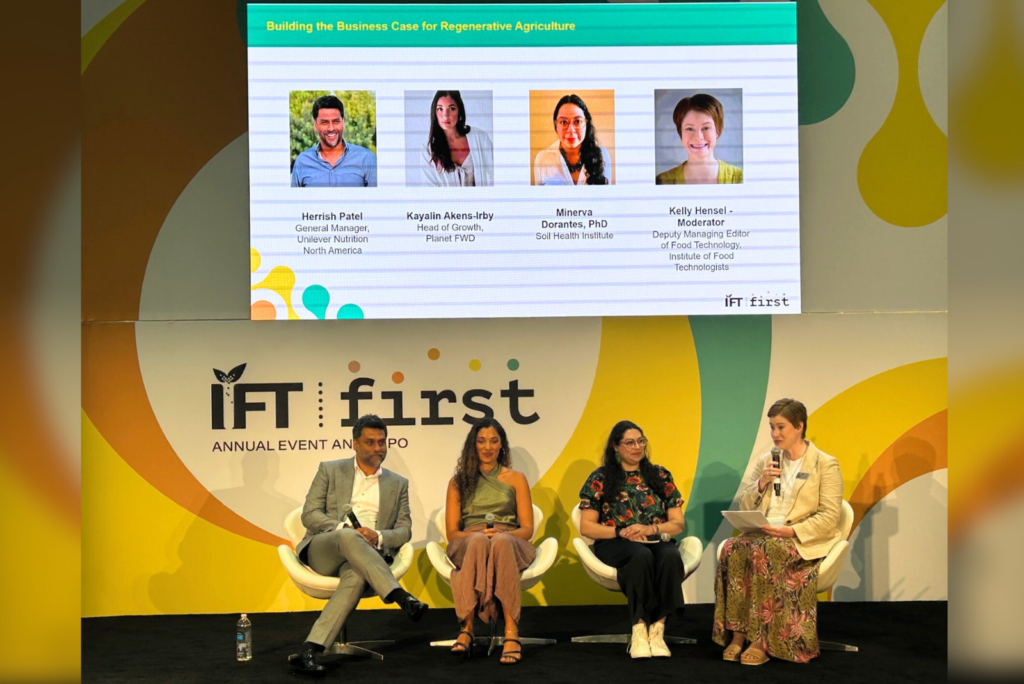CHICAGO — As part of Institute of Food Technologists’ IFT FIRST, taking place July 16-18 in Chicago, the association hosted Business FIRST sessions, to provide insight on topics surrounding the food industry.
During the Building the Business Case for Regenerative Agriculture session, panelists provided information on how the trend of regenerative agriculture will impact food product development and the challenges of adopting these practices.
When transitioning from conventional or organic to regenerative practices, farmers and ranchers can face myriad difficulties, with the first being financial constraints. When a farmer decides to make that switch there may be an upfront cost of cover crop seed, and purchasing new farm equipment or implements. In addition to that, it can be difficult to find markets that are willing to pay a premium for regeneratively produced goods.










